How to Groom a Sheltie: 11 Expert Tips from Head to Toe

Updated on
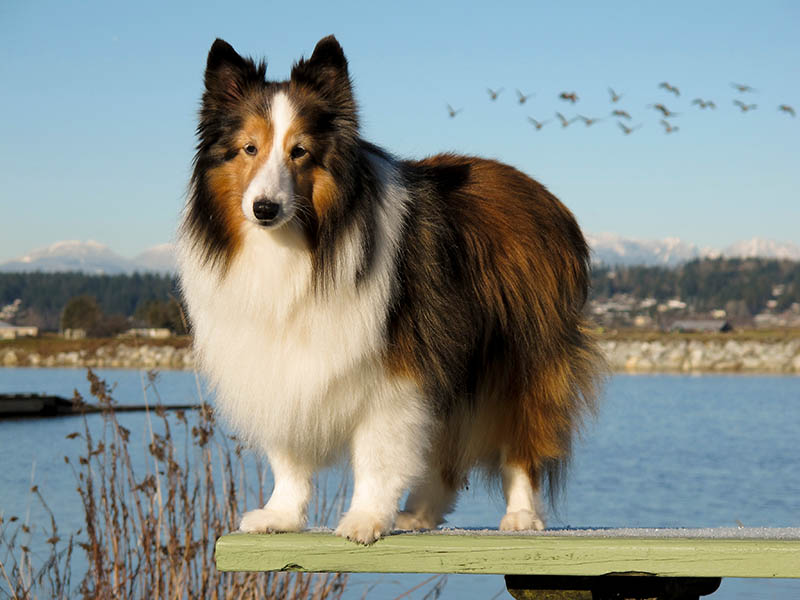
Click to Skip Ahead
The Shetland Sheepdog, or “Sheltie”, is a small and loyal breed of canine with a thick, long coat. These intelligent pooches need to be groomed regularly to keep their coats healthy and in good condition. To help you out, we have put together 15 expert tips for grooming your Sheltie!
The 11 Tips to Groom a Shetland Sheepdog
1. Tools
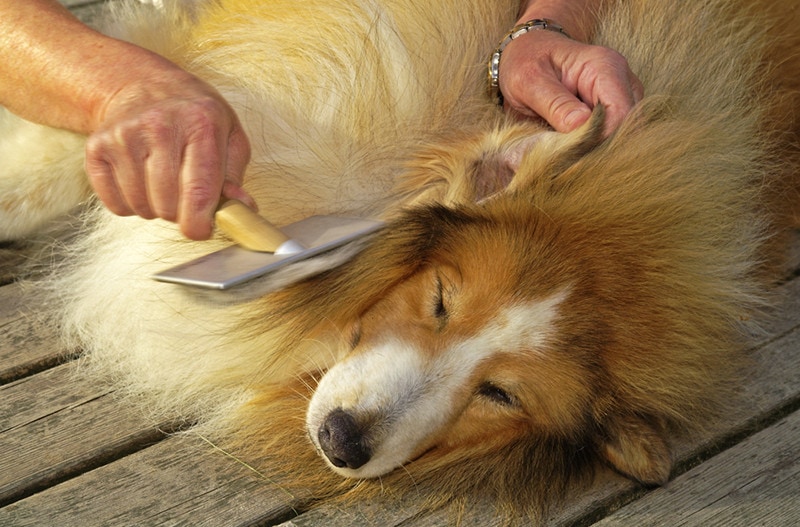
Invest in quality grooming tools like brushes, combs, shears, and nail trimmers that are specifically designed for long-haired breeds such as the Shetland Sheepdog.
2. Practice
If you have never groomed a Sheltie before, start by practicing techniques on an old towel or stuffed animal until you get the hang of it. Do not attempt to groom your dog without having any prior experience as this could cause him unnecessary stress.
3. Bathing
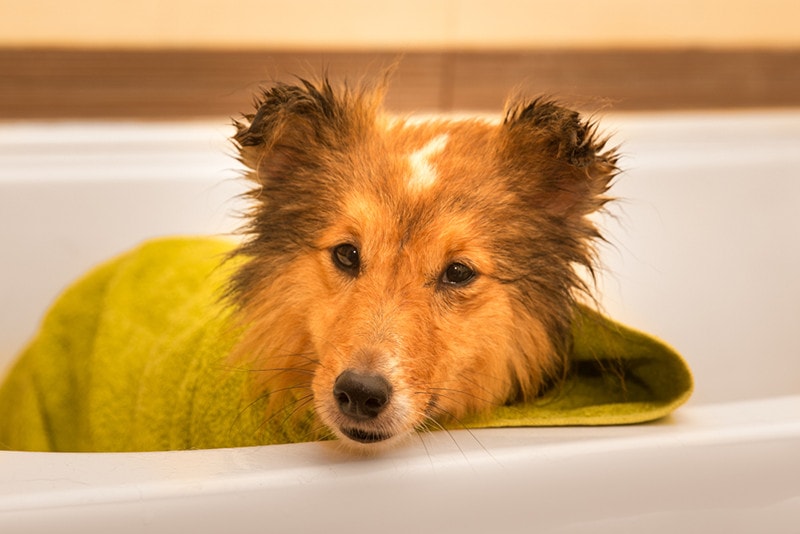
Shelties need to be bathed every few months, depending on the amount of time they spend outdoors and their level of activity. Use a mild shampoo specifically designed for dogs and rinse thoroughly to avoid skin irritation. Make sure to also clean their ears, eyes, and genitals during the process.
There are a lot of pet shampoos on the market, but not all of them will keep your pet's skin and coat happy and healthy. The Hepper Pet Shampoo products are pH balanced and made with natural, safe ingredients like soothing oatmeal and aloe vera. Our shampoos will keep your pet clean, smelling fresh, and fully moisturized! The hardest part is deciding whether to get to traditional shampoo or the rinse-free version! Here’s a quick guide to help you choose the right option for your pet’s next bath!
 Hepper Colloidal Oatmeal Pet Shampoo |
 Hepper Waterless No Rinse Pet Shampoo |
|
|---|---|---|
| Natural cucumber & aloe scent |
Natural cucumber & aloe scent:
|
Natural cucumber & aloe scent:
|
| Safe for cats & dogs |
Safe for cats & dogs:
|
Safe for cats & dogs:
|
| Rinsing required |
Rinsing required:
|
Rinsing required:
|
| Free of harsh chemicals & nasty ingredients |
Free of harsh chemicals & nasty ingredients:
|
Free of harsh chemicals & nasty ingredients:
|
| Lathers easily |
Lathers easily:
|
Lathers easily:
|
4. Brushing
Regular brushing is essential for keeping your Sheltie’s coat healthy and looking great. Brush at least twice a week, using a brush specifically designed for long-haired breeds. Use smooth, gentle strokes to prevent matting and start at the head, brushing downwards towards the tail.
5. Hair Trimming
Trim your Sheltie’s fur a couple of times per year. This should be done by a professional groomer to ensure the coat is kept even and neat. Trimming fur can help remove and prevent mats and tangles, as well as lighten up the coat a bit.
6. Nail Trimming
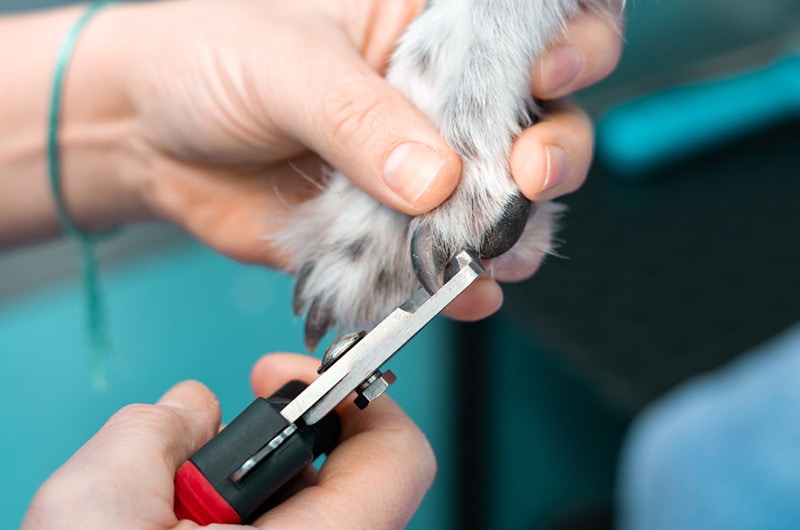
It is important to keep your Sheltie’s nails short, otherwise they can become painful or overgrown and have an impact on the way they move and walk. If you feel uncomfortable trimming them yourself, take them to a professional groomer for help.
7. Teeth Brushing
Just like humans, regular brushing can help maintain healthy teeth in dogs too! Brush your Sheltie’s teeth at least once a week using toothpaste specifically designed for dogs. Alternatively, you can buy dental treats for your pooch to help keep their teeth clean.
8. Ear Cleaning
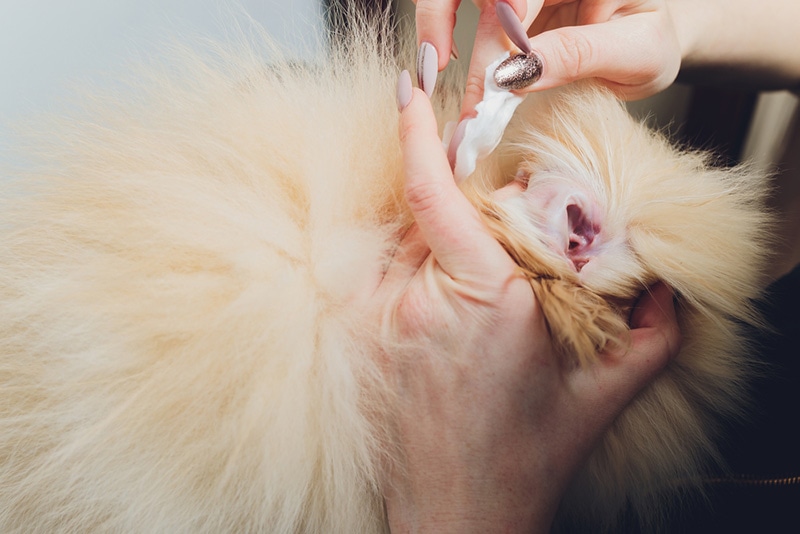
Check your Sheltie’s ears regularly for signs of infection or wax build up and clean them with a cotton ball soaked in a mild ear cleaner specifically designed for pets. Take special care not to go too deep into the ear canal as this could cause damage or irritation.
9. Eye Cleaning
Regularly check your Sheltie’s eyes and wipe away any discharge that may have built up around the edges of them with a damp cloth. If there are any other signs of discomfort such as redness or swelling, take him to the vet straight away.
10. Checking the Coat
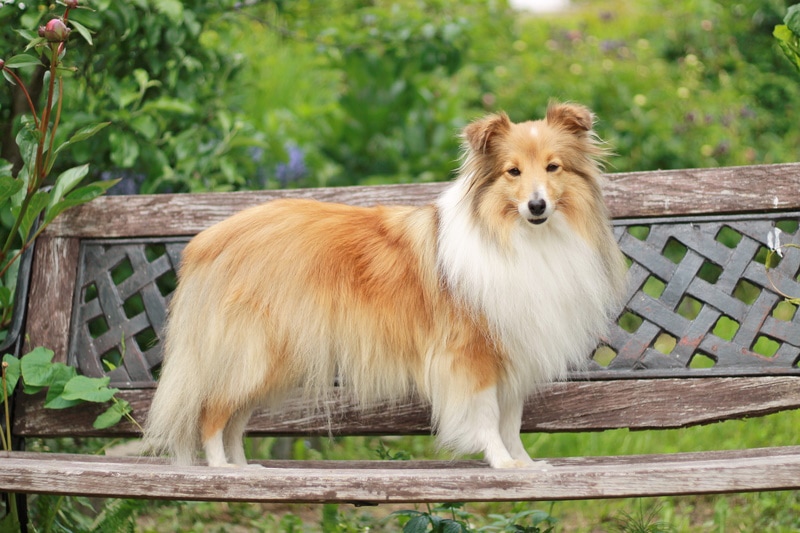
Make sure to regularly check your Sheltie’s coat for ticks, fleas, or other parasites. If you find any, remove them carefully with a tweezer and treat the area with an anti-parasitic shampoo.
11. Vet Check-Ups
Regular vet check-ups are essential for ensuring your Sheltie is healthy and happy. This includes a thorough examination of his coat, teeth, nails, and eyes to make sure everything looks and feels good.
 Our 10 Best Safety Tips for Avoiding Injury While Grooming a Sheltie
Our 10 Best Safety Tips for Avoiding Injury While Grooming a Sheltie
- Safety First: Before grooming your Sheltie, make sure that the area is safe and secure for them to move around in.
- Avoid Overstimulation: Do not over-stimulate your pup during grooming sessions as this could make them anxious and cause distress.
- Take Breaks: Make sure to take regular breaks while grooming to keep your Sheltie relaxed and comfortable, especially if they seem stressed or bored.
- Monitor Temperature: Keep an eye on the temperature when brushing your Sheltie’s coat to make sure it doesn’t get too hot for their comfort level.
- Be Gentle: Always use gentle strokes when brushing your Sheltie’s fur and do not tug at the coat unnecessarily as this can cause irritation and pain.
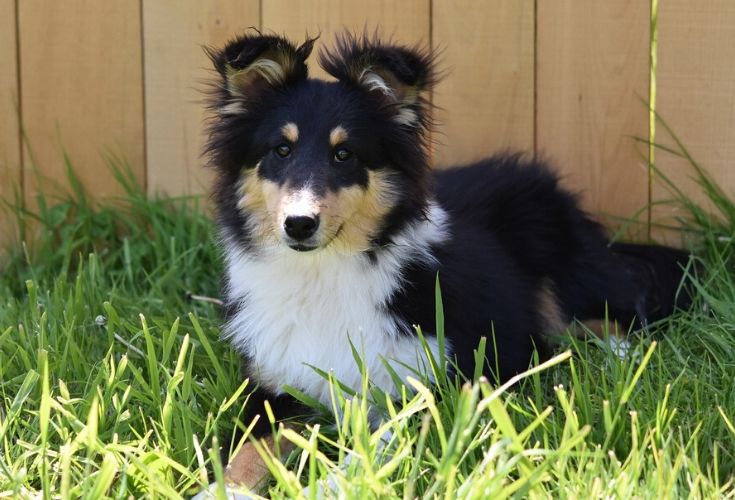
Tips for Grooming a Scared Dog
- Start Slowly: Begin with slow, gentle strokes and gradually build up the intensity of your grooming sessions with your scared pup.
- Speak Softly: Make sure to keep your voice low and calm when speaking to your pup during grooming as this will help them to relax and feel more comfortable.
- Offer Distractions: Provide toys or other distractions that can help keep your pup occupied while you are brushing and trimming their coat.
- Use Treats: Give treats in between grooming steps as rewards for their good behavior which will make it a more enjoyable experience for them.
- Reassure Them: Let your scared pup know that everything is alright by offering kind words, gentle pats, and reassuring cuddles.
- Keep Sessions Short: Try to keep grooming sessions short so as not to overwhelm your pup with too much stimulation at once.
- Find a Trusted Groomer: If you’re feeling overwhelmed or unable to groom your scared pup yourself, consider hiring a professional groomer who can help make the process easier for both of you.
Following these safety tips will ensure you and your pup have a successful and enjoyable grooming experience each time.
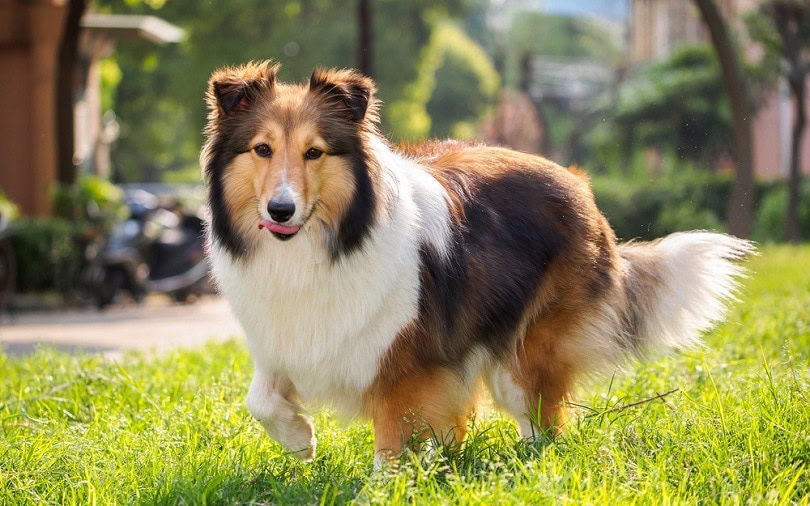
FAQs About Grooming a Sheltie
Q: How often should I groom my Sheltie?
A: You should aim to brush and trim your pup’s coat at least once a week, although more frequent sessions may be necessary during shedding season.
Q: What type of brush do I need for grooming a Sheltie?
A: A slicker brush and pin brush are best suited for gently brushing through the thick double coat of a Shetland Sheepdog.
Q: What type of shampoo should I use on my Sheltie?
A: It is best to opt for a mild, hypoallergenic shampoo designed specifically for long-haired breeds like the Shetland Sheepdog.
Q: How do I trim my Sheltie’s nails?
A: You should use a pair of clippers or scissors specifically designed for trimming dog nails. Make sure to only clip the tip of each nail, as cutting too far down can cause pain and bleeding.
Q: What should I look out for when grooming my Sheltie?
A: Check for any signs of infection such as redness, inflammation, or discharge in their ears and eyes. Look out for fleas or other parasites that can cause skin irritation. Also, make sure all mats are brushed away carefully to avoid breakage.
Conclusion
Follow these tips on how to groom your Sheltie and you’re sure to have a well-groomed pup in no time! Remember that regular grooming sessions can help reduce anxiety and strengthen the bond between you and your pooch – so get started today!
Featured Image Credit: K E Walker, Shutterstock

 Our 10 Best Safety Tips for Avoiding Injury While Grooming a Sheltie
Our 10 Best Safety Tips for Avoiding Injury While Grooming a Sheltie








